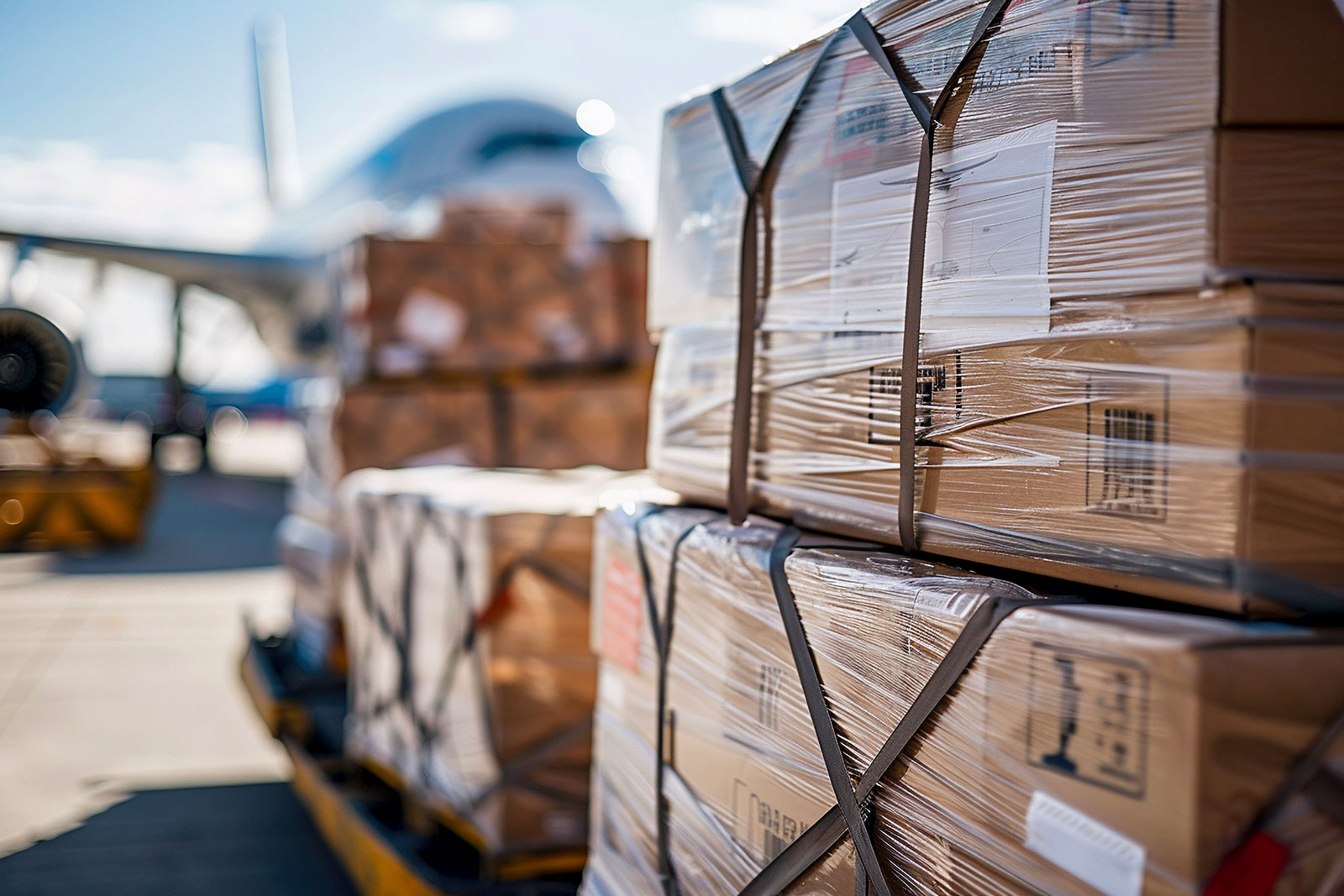
What is Packing and Why is It Important in International Transportation?
What is Packing and Why is It Important in International Transportation?
In the world of trade and international transportation, one of the most important and critical steps is packing or packaging goods. Simply put, what is packing? It can be defined as the process of preparing and packaging goods in a safe, standard, and transportable manner. This ensures the goods are protected from potential damage during transit and arrive safely at their destination.
In this article, we intend to fully explain what packing is, why it is important, its types, the standards that must be observed, and common mistakes to avoid. We will also introduce tips and recommendations for better packing so that you can prepare your goods for transportation with sufficient knowledge.
What is Packing?
Packing means packaging goods in such a way that they are not damaged during transportation and comply with international laws and standards regarding dimensions, weight, and safety. In fact, when it comes to export or import, you are not just sending goods but delivering them in suitable packaging.
Proper packing ensures:
-
Protection of goods against shocks, moisture, heat, and pressure.
-
Easier transportation of goods.
-
Cost reduction due to optimized use of space and capacity.
-
Compliance with customs laws and standards.
Why is Packing Important?
If you still wonder what packing is and why it matters, it is better to consider a few key points:
-
Protection of goods: Proper packaging ensures goods are protected from any damage during transit.
-
Compliance with regulations: Some countries have strict packaging laws that, if not followed, can cause goods to be held up at customs.
-
Cost reduction: Optimized packing can reduce transportation costs by occupying less space.
-
Ease of handling: Proper packaging allows faster and easier transportation.
-
Prevention of financial losses: Good packing can prevent heavy damages to goods.
Types of Packing in International Transportation
To answer the question of what packing is, we should know there are different types of packing depending on the type of goods and transportation method. Below are the most important types.
Wooden Packing
Wooden packing is one of the most commonly used methods in transportation. Wooden crates, due to their high durability, are suitable for heavy, fragile, or sensitive goods. However, the wood used must comply with the ISPM 15 standard.
Carton Packing
Carton packing is mostly used for light and non-sensitive goods. This method is more economical but less durable compared to wood.
Metal Packing
For very sensitive, expensive goods or items that need protection from moisture and corrosion, metal packing is used. This type is very durable but costly.
Pallet Packing
Palletizing is a standard method for transporting large-scale goods. By stacking cartons or boxes on pallets and wrapping them with shrink wrap, transportation becomes simpler and faster.
Differences in Packing for Sea, Air, and Land Transportation
One important point to better understand what packing is, is to pay attention to the type of transportation. Each transportation method has its own conditions:
-
Sea transportation: In this method, goods are exposed to moisture and severe shaking for long durations. Therefore, packing must be moisture resistant and durable.
-
Air transportation: In this method, weight is very important because shipping costs are calculated based on weight. Therefore, packing should be lightweight yet durable.
-
Land transportation: In land transport, rough and long roads can damage goods, so packing must be shock-absorbent and sturdy.
What is a Packing List and What Information Should It Contain?
A packing list is an important document in international transportation that shows a complete list of packed items along with their details. This document helps customs, the shipping company, and the customer to know exactly what is inside each package.
Information usually included in the packing list:
-
Package number
-
Type of goods
-
Gross and net weight
-
Package dimensions
-
Quantity of items
-
Identification marks
International Packing Standards
One of the most important standards to observe in packing is the ISPM 15 standard for wood. This standard ensures that the wood used in packaging does not carry pests or diseases that could harm the destination country’s agriculture.
Other standards include:
-
Use of recyclable and environmentally friendly materials.
-
Correct labeling of hazardous goods.
-
Packing must comply with transportation mode requirements (weight, dimensions).
Common Packing Mistakes to Avoid
Some mistakes in packing that can cause delays, damage, or fines include:
-
Using inappropriate materials that do not protect goods.
-
Ignoring international packing standards and regulations.
-
Overpacking or underpacking goods.
Tips for Better Packing
-
Know your goods well and choose appropriate materials.
-
Label all packages clearly and correctly.
-
Ensure all packaging complies with customs and transport regulations.
Summary
Packing is a crucial step in international transportation that ensures the safety and integrity of your goods. Understanding packing types, standards, and best practices helps reduce costs, prevent damages, and avoid customs issues.
If you have any questions or want help with your packing process, feel free to contact IRSA Logistics.



